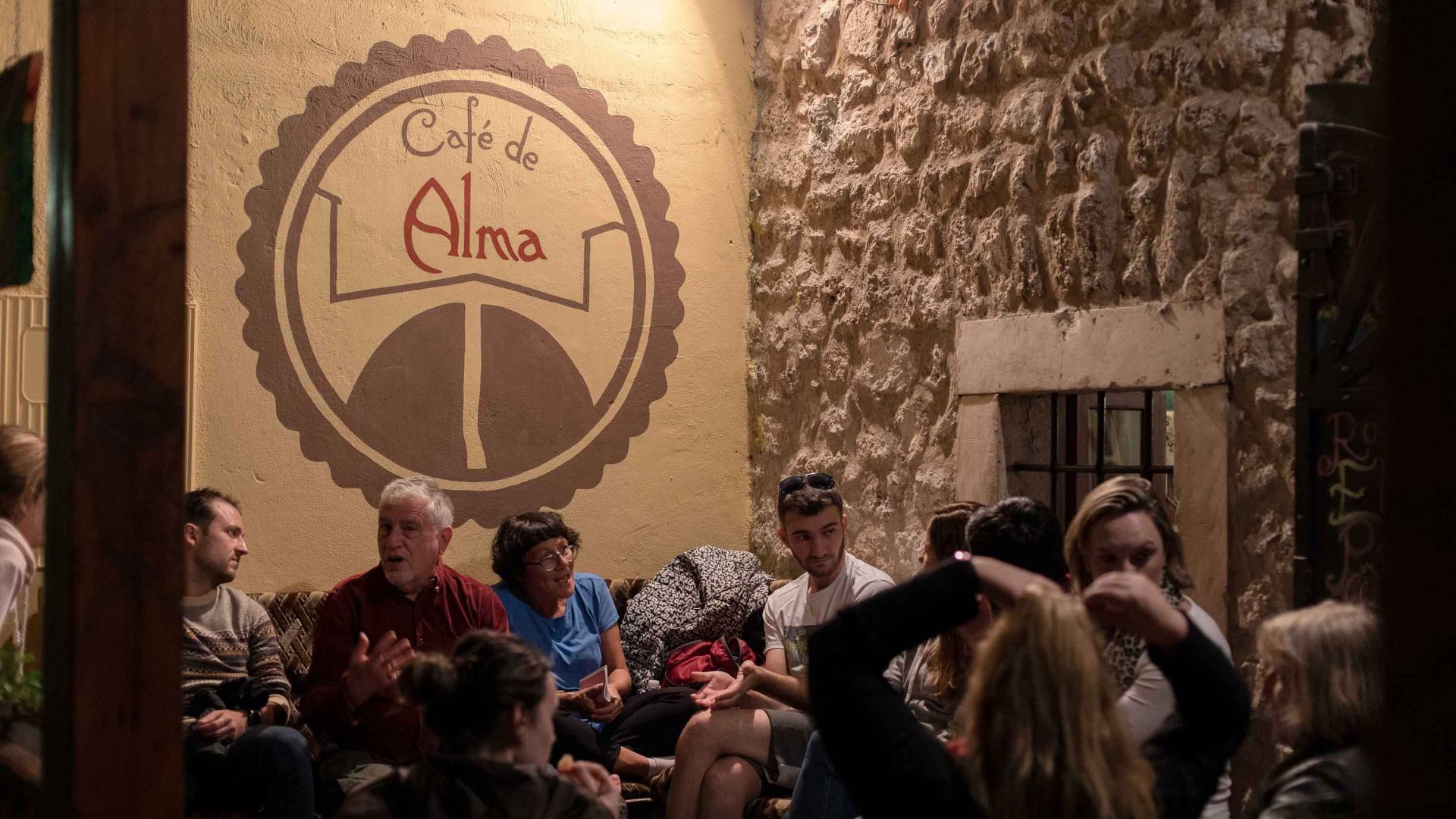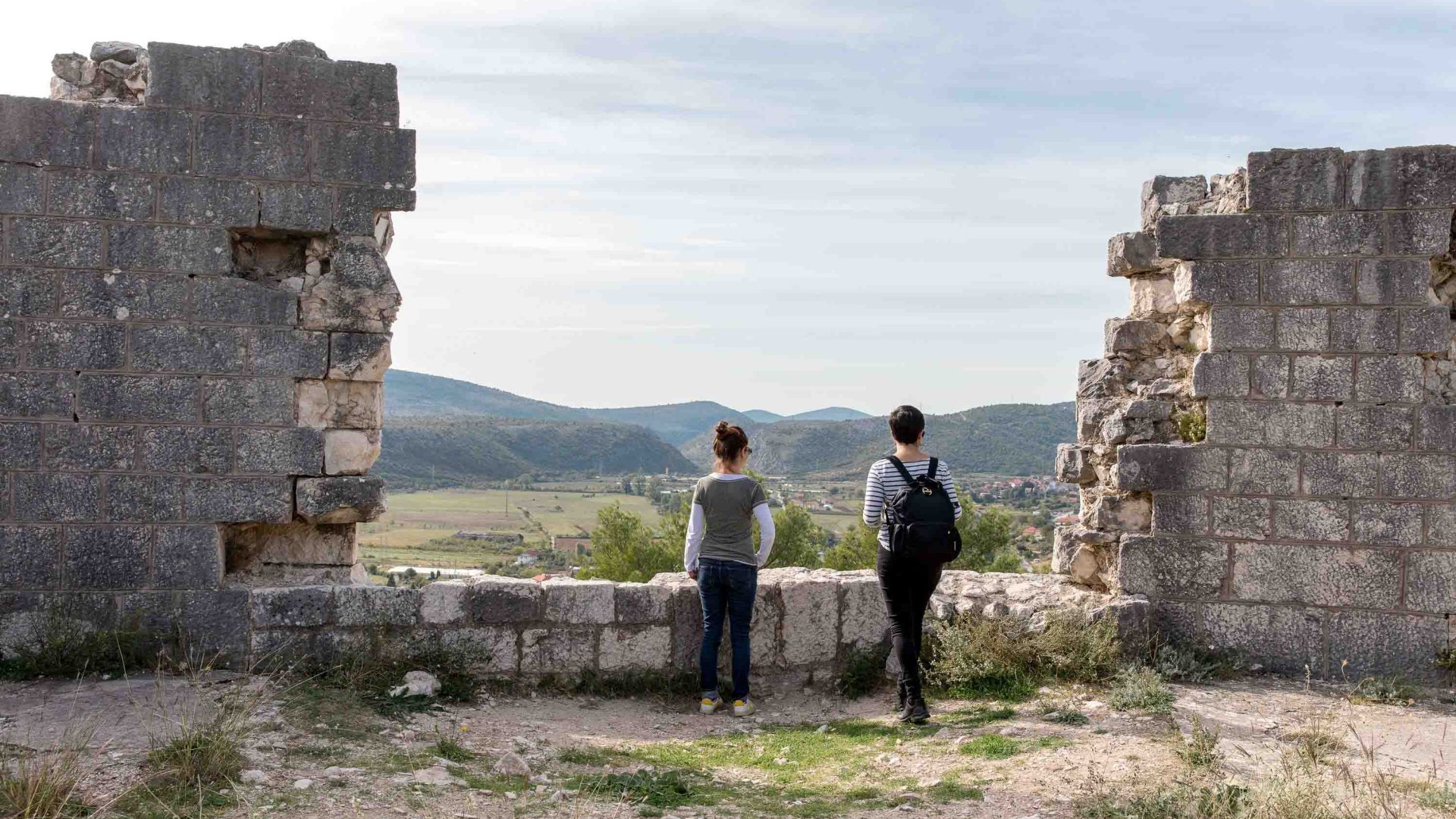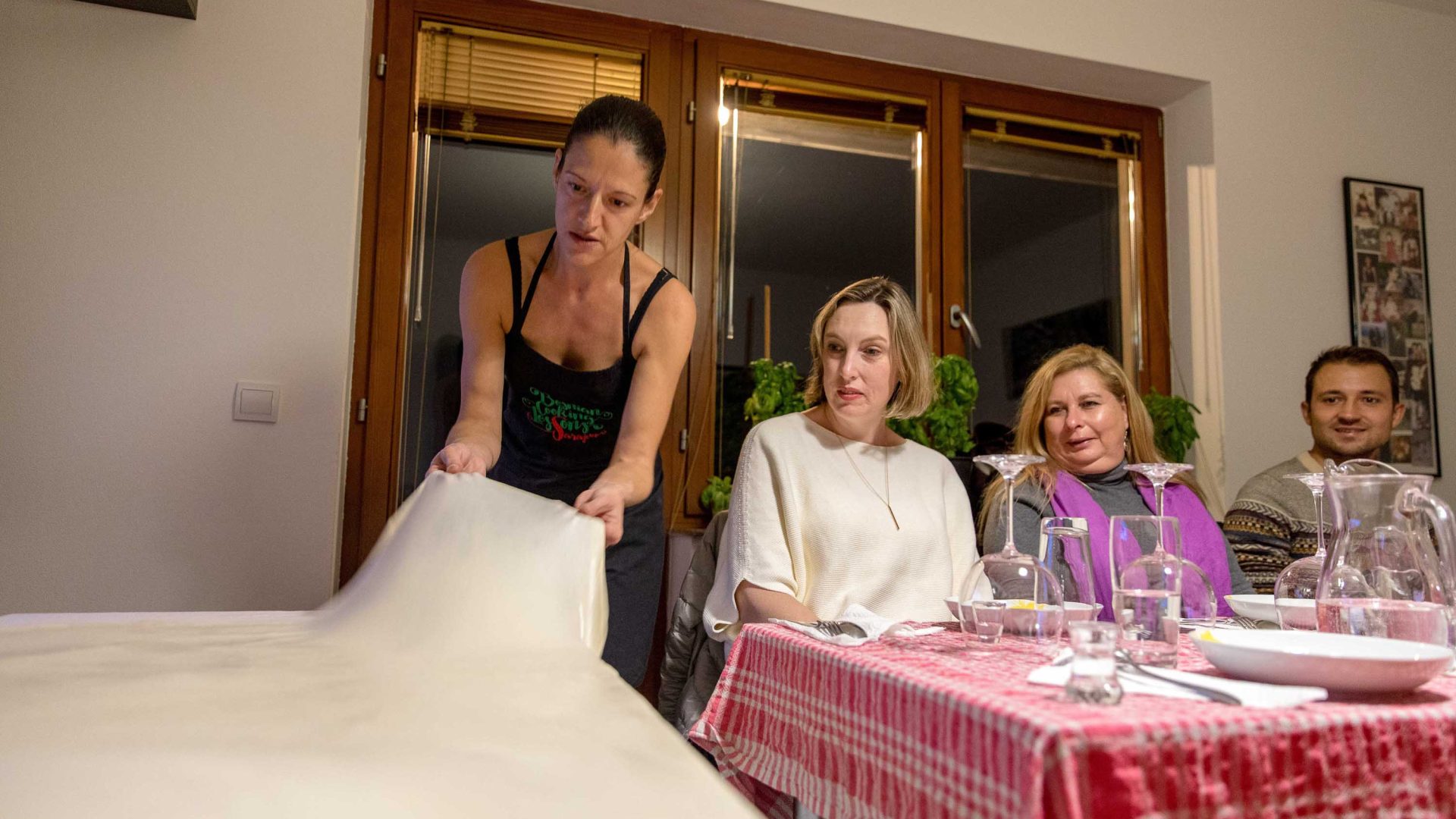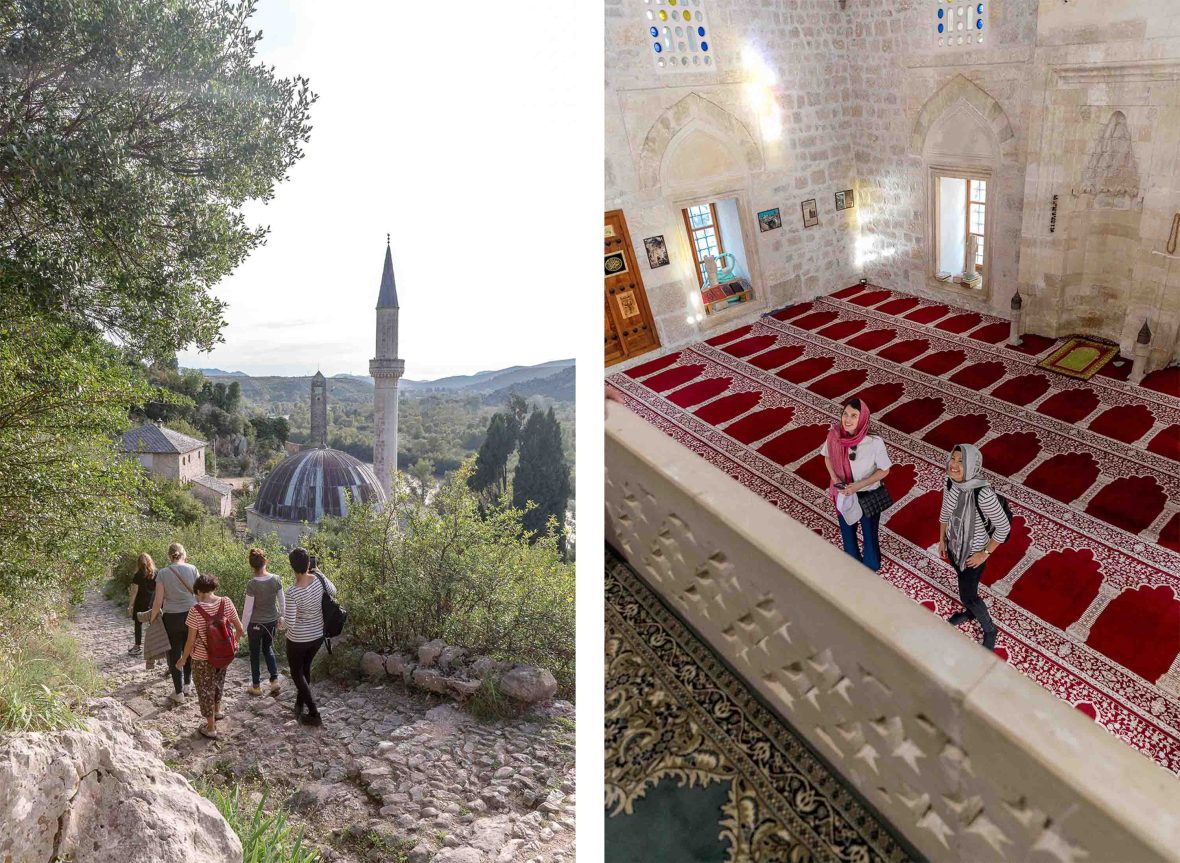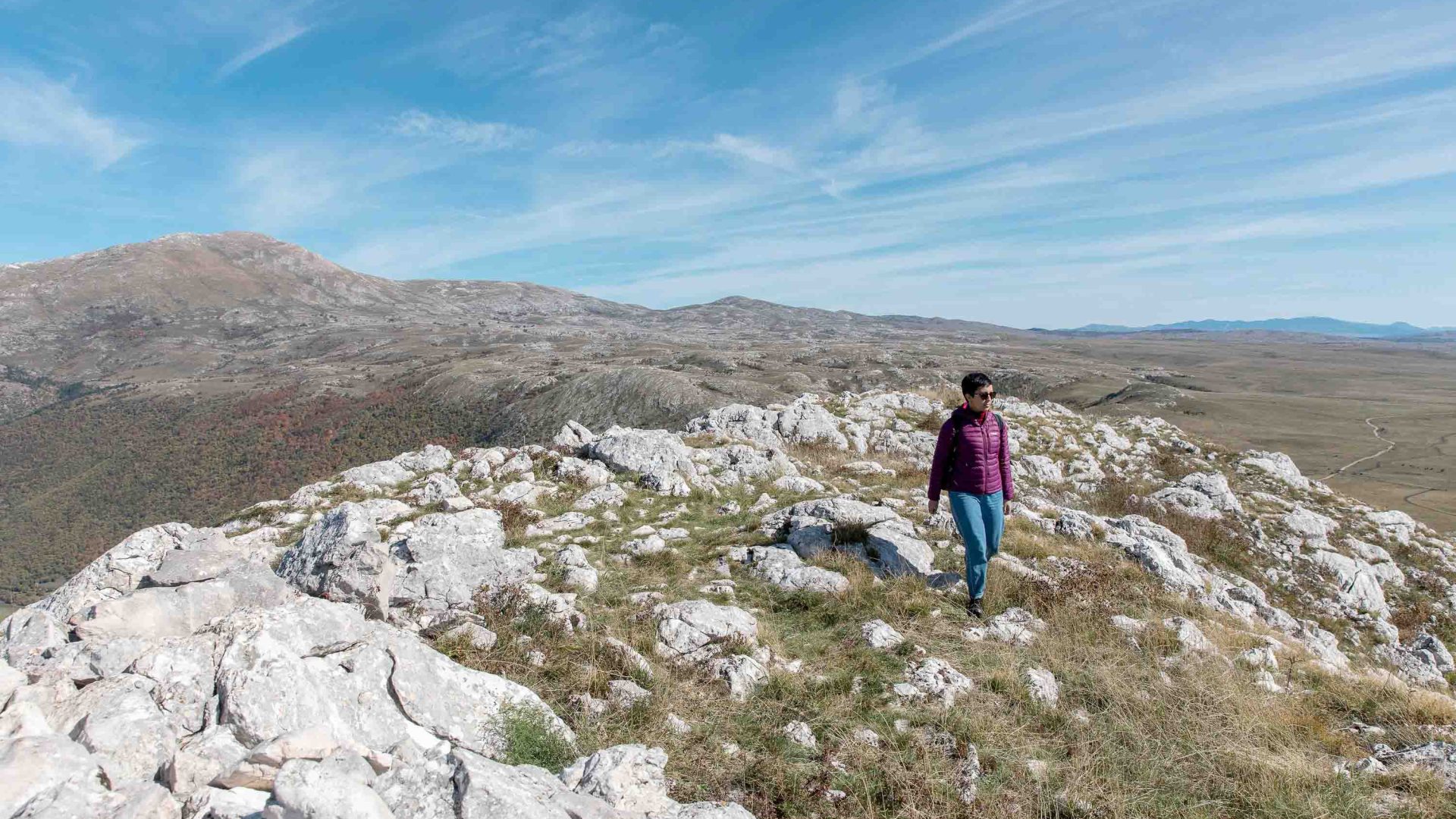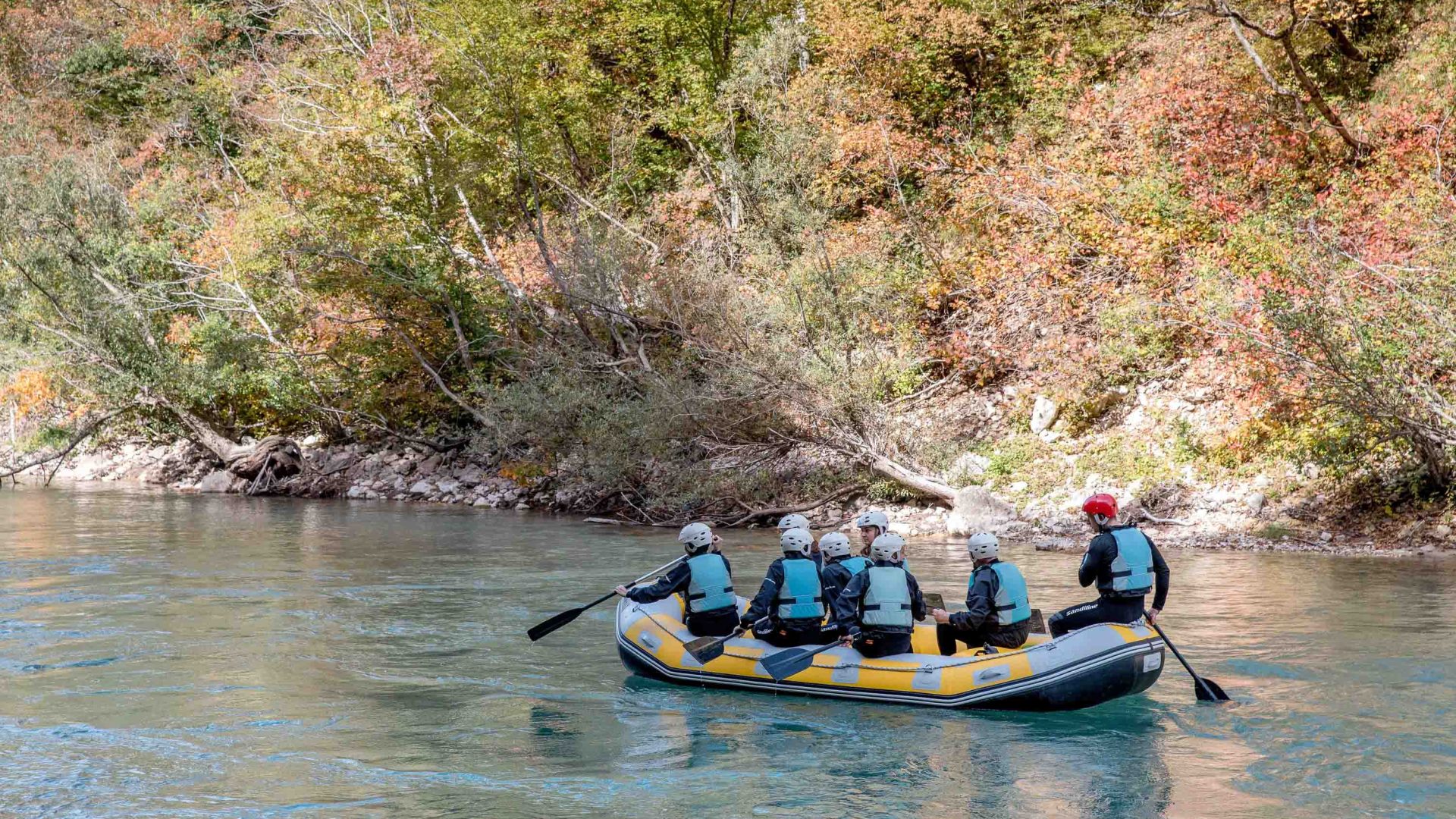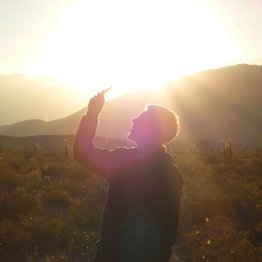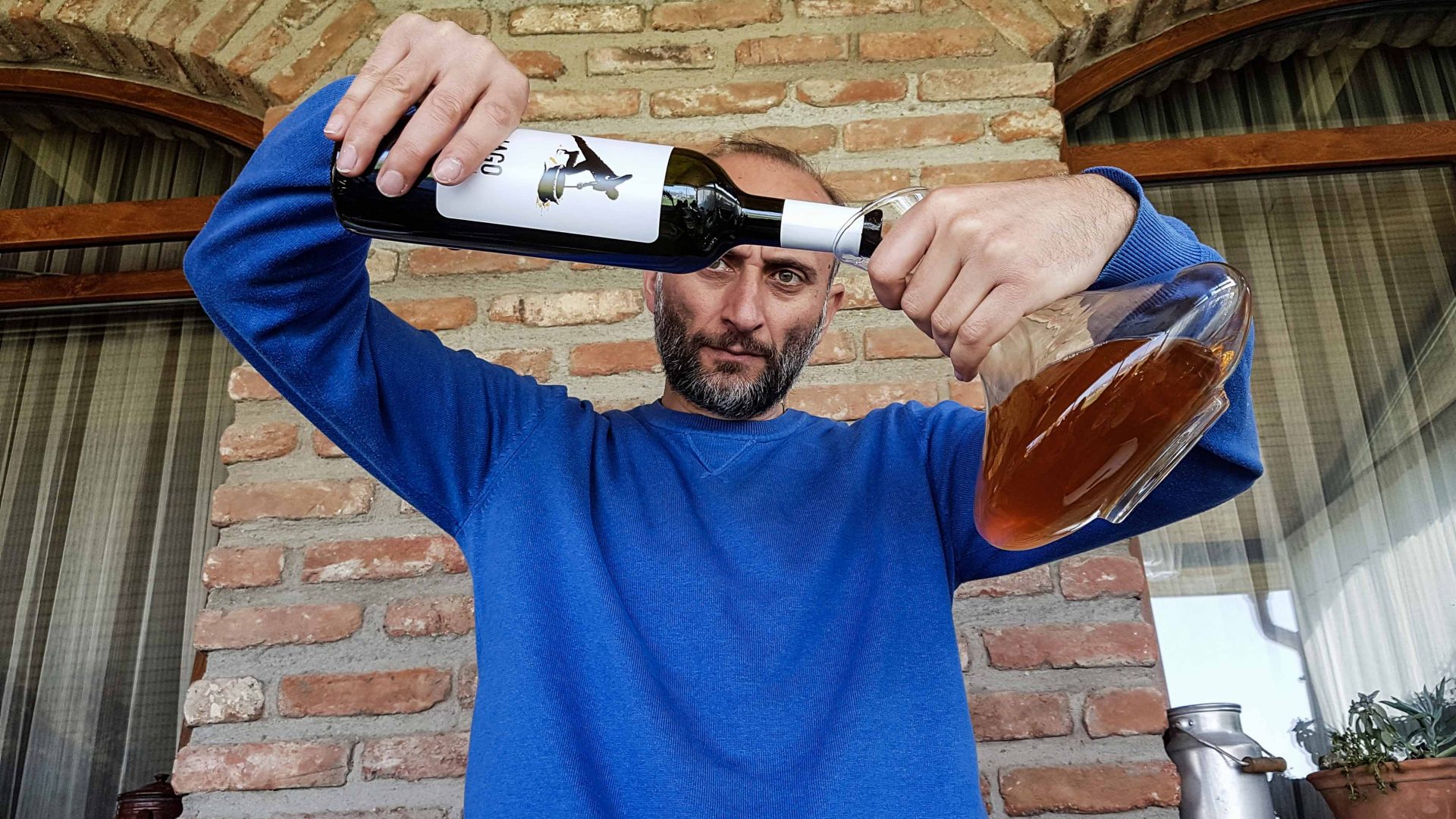In late June, German ecologist Ulrich Eichelmann, the CEO of the Vienna-based group Riverwatch, gathered 50 scientists on the Neretva (Bosnia and Herzegovina’s longest river) to study the endangered ecosystem and lobby for its protection. The Neretva runs through a series of majestic white rock gorges, as we learned while rafting on its upper reaches. But plans are afoot to build a major hydroelectric dam upriver that could end this boisterous stretch of white water.
“The only remaining crystal-clear wild mountain streams and rivers that are alive in Europe are in the Balkans,” Eichelmann says. He has partnered with environmentalists in Bosnia and beyond to protect this watershed which he calls “the blue heart of Europe.”
The economic incentives for keeping Bosnia and Herzegovina’s wild rivers wild are evident. Rafting, canyoning, water-sledding and kayaking have become popular with locals and tourists alike. The town of Banya Luka in Republika Srpska hosts an annual international canoeing competition on the River Vrbas. Yet Eichelmann says that hundreds of new hydropower dams are currently planned that could potentially cripple the country’s thriving water sports industry.
It isn’t only in water sports that the region excels. It is also a haven for hikers and climbers, boasting arguably the wildest and most scenic portions of the Via Dinarica project, a 1,250-kilometer (776-mile) system of trails that links the country with Slovenia, Croatia, Serbia, Montenegro, Macedonia, Kosovo and Albania. The route, which is furnished with mountain huts and small lodges for overnight stays, draws thousands of backpackers, especially during the summer months.
Bosnia and Herzegovina lacks the long and scenic coastline which has made neighboring Croatia a top international travel destination. But precisely because it’s not yet overdeveloped, Bosnia and Herzegovina can still avoid some of the blights of mass tourism that have transformed the charming old city of Dubrovnik into a congested and overpriced caricature of itself.
That’s the thinking behind the USAID project, which aims to encourage small-scale, low-impact and sustainable tourist enterprises. They are working with growers in the southern Bosnia and Herzegovina region to develop a wine tour. They’re also enlisting beekeepers, cheesemakers and even a donkey owner to share their economically-imperiled activities with travelers in an effort to encourage farm tourism and boost the rural areas that have lost so many of their young people in recent years.
There are clearly tough choices ahead. By aggressively safeguarding the natural environment—and resisting the temptation of unrestrained development—Bosnia and Herzegovina could become a model for sustainable eco-tourism. Granted, a little over a week in the country is hardly enough time to get a grasp on what its future might hold. What I do know is that Bosnia and Herzegovina is an uncommonly beautiful place.




